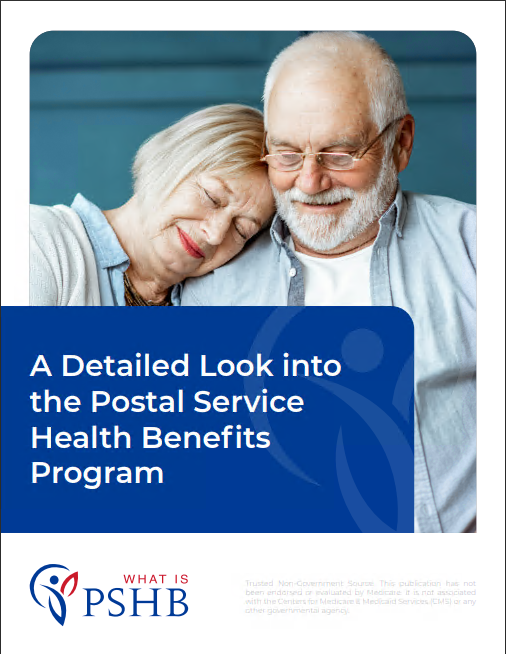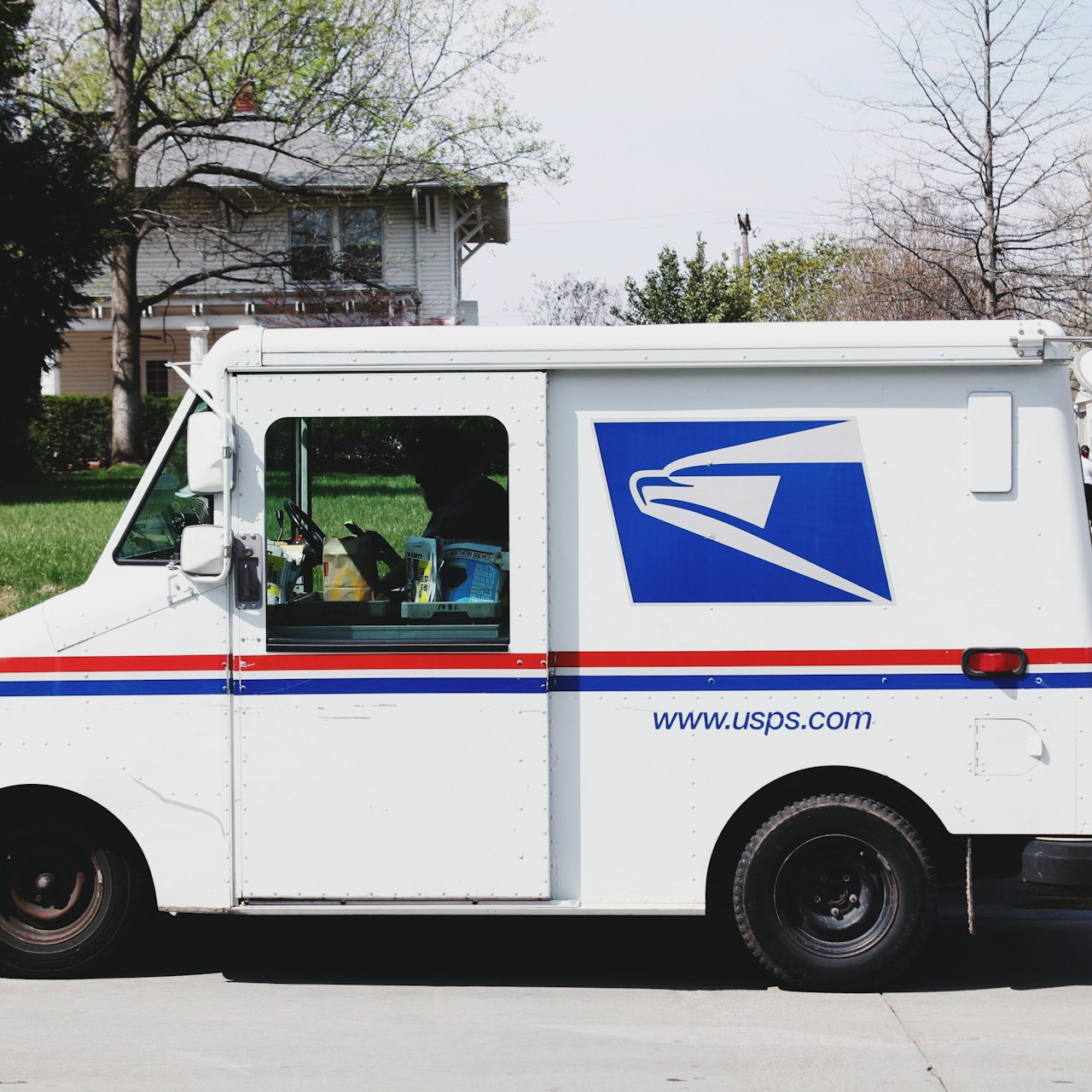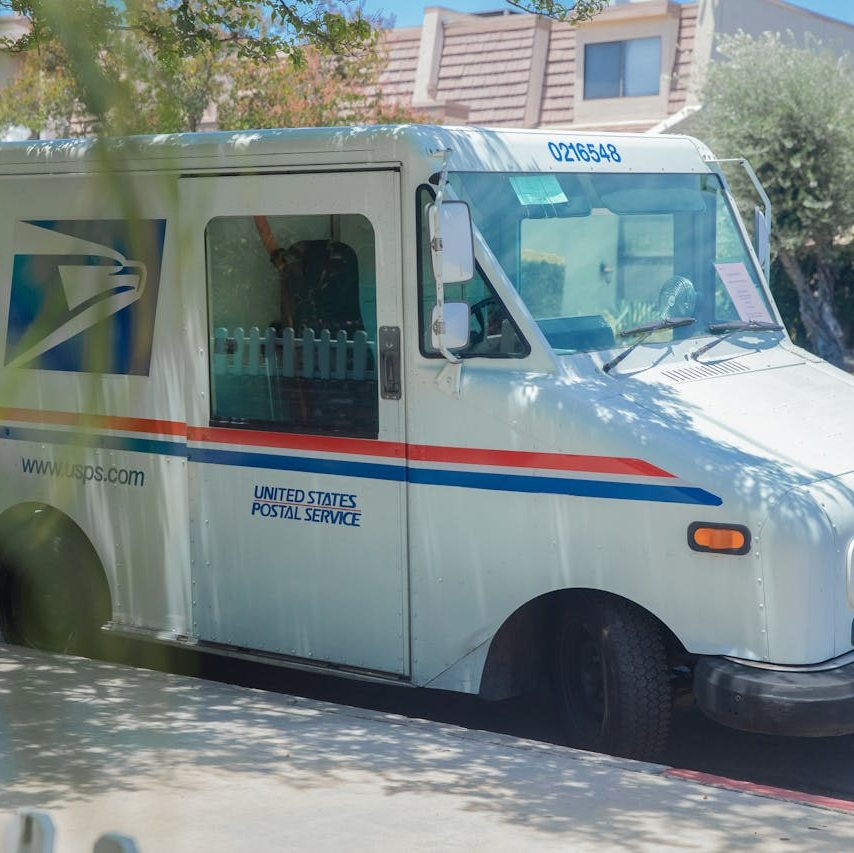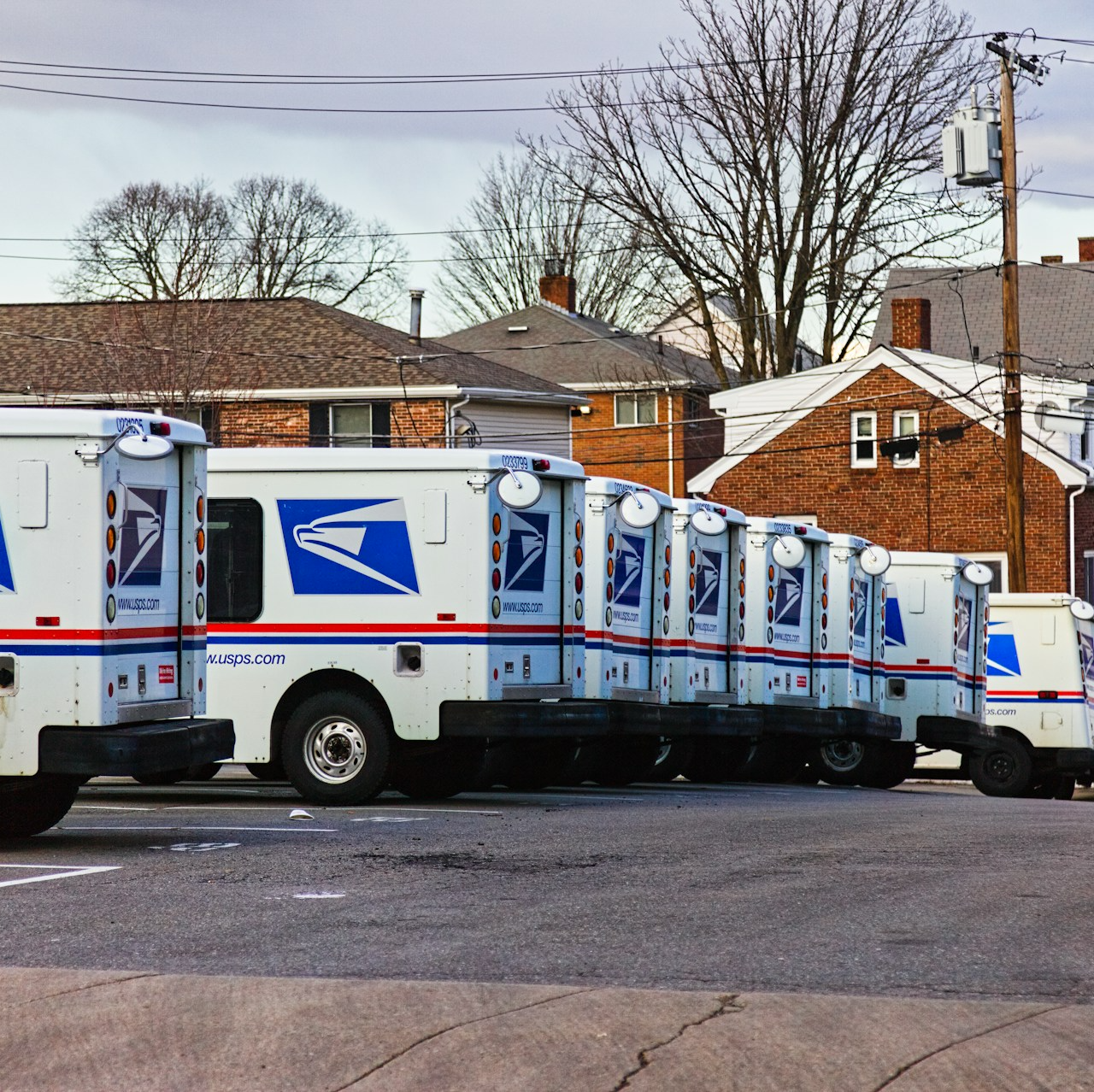Key Takeaways
- Postal employees and retirees are anticipating how PSHB premiums and coverage will impact their health benefits starting in 2025.
- The PSHB program will align Postal Service health benefits with the Federal Employees Health Benefits (FEHB) program, with details expected soon.
What Will PSHB Premiums and Coverage Look Like? Postal Employees Are Eager for Answers as We Wait for 2025 Details
With the Postal Service Health Benefits (PSHB) program set to launch in 2025, postal employees and retirees are eagerly awaiting information on premiums, coverage options, and how the new program will impact their healthcare plans. As a new initiative under the Postal Service Reform Act of 2022, the PSHB aims to align postal employees’ health benefits more closely with those offered under the Federal Employees Health Benefits (FEHB) program. As details remain pending, there is a growing anticipation and concern among postal workers about what this shift means for their healthcare costs and coverage.
What Is the PSHB Program?
The PSHB program, initiated as part of postal reforms, is set to officially begin in 2025. It is designed to bring Postal Service employees and retirees into a health benefits structure that mirrors the Federal Employees Health Benefits (FEHB) program. The goal is to streamline the administration of benefits and make it easier for postal employees to access healthcare coverage similar to other federal employees.
For postal employees, this means a shift from their existing benefits plan to a new framework under PSHB. While some aspects are expected to stay consistent with what employees and retirees are used to, there will be new considerations, especially concerning premiums, plan options, and enrollment processes.
How Will Premiums Change for Postal Employees?
One of the most pressing questions on postal employees’ minds is how premiums will change under the new PSHB program. As of now, precise details have not been released regarding the exact cost structures, but it is anticipated that premiums will be in line with the rates seen within the FEHB system. Typically, premiums under FEHB vary depending on the plan type chosen, such as self-only or family coverage.
Postal workers can expect that the PSHB will likely offer multiple coverage options, similar to the FEHB’s array of plans, with premiums varying accordingly. This could mean a range of options that fit different financial needs and family sizes. For retirees, Medicare integration is expected to play a significant role in the cost of premiums. While PSHB will likely subsidize a portion of the premiums, retirees may need to evaluate how their Medicare choices will work in conjunction with the PSHB offerings.
Will PSHB Offer Similar Coverage Options to FEHB?
As the PSHB program is modeled after the FEHB program, it is expected to offer a variety of plans, similar to the broad selection available to other federal employees. This could mean options ranging from Health Maintenance Organizations (HMOs) to Preferred Provider Organizations (PPOs) and high-deductible plans linked with health savings accounts (HSAs).
The PSHB aims to provide comprehensive health coverage, which would likely include benefits such as preventive care, emergency services, mental health support, and prescription drug coverage. Additionally, there is an expectation that employees and retirees will have access to specialty care, hospital services, and other critical health services that align with FEHB standards.
How Will Enrollment Work for the New PSHB Program?
Enrollment in the PSHB program is set to be streamlined, following the processes familiar to federal employees under the FEHB. Current employees and retirees will need to transition to the PSHB during open enrollment periods, which will likely align with the federal benefits open season that typically occurs toward the end of the year.
During this period, postal employees and retirees will be given a range of plan options to choose from. It’s essential for members to review the coverage details of each plan, as these may differ from their current benefits. Postal employees should also anticipate the need for re-enrollment annually to adjust plans as their healthcare needs or family status changes.
For retirees, the PSHB program will include coordination with Medicare. Retirees who are already enrolled in Medicare may find it beneficial to explore how their existing Medicare benefits will integrate with their PSHB coverage. As the PSHB details are finalized, retirees should plan to compare their current Medicare coverage with the new options available under PSHB to optimize their healthcare and minimize costs.
What Impact Will PSHB Have on Postal Retirees?
For retirees, the integration of Medicare with PSHB coverage is a crucial aspect of the new system. Retirees aged 65 and older who are eligible for Medicare will have the option to combine their Medicare coverage with a PSHB plan, similar to how FEHB plans currently work with Medicare. This could potentially lower out-of-pocket costs for retirees as the two programs work together to cover healthcare expenses comprehensively.
It is anticipated that retirees who are already on Medicare will have options to select PSHB plans that complement their Medicare Parts A and B coverage, making it important for them to carefully review the available plans during open enrollment. Understanding how each plan works with Medicare will be crucial in determining which option provides the most cost-effective and comprehensive coverage.
What Steps Should Postal Employees Take Now?
As postal employees and retirees await more specific details on the PSHB program, there are several steps they can take to prepare for the transition:
1. Stay Informed
Since the PSHB program is still in its planning stages, staying updated on announcements from the Postal Service and the Office of Personnel Management (OPM) is essential. These organizations will provide the official guidelines, including premium rates, plan types, and enrollment details.
2. Review Current Benefits
Postal employees should take the time to understand their current health benefits. By comparing their existing plan’s premiums, deductibles, and coverage levels, they will be better equipped to assess the new options available under PSHB.
3. Plan for Medicare Integration
For retirees approaching the age of 65 or already enrolled in Medicare, planning for how their Medicare benefits will integrate with the PSHB options is vital. Exploring the different Medicare Parts and how they work with federal plans can help retirees make informed decisions when PSHB enrollment begins.
4. Explore Federal Benefits Open Season
The open enrollment period for the PSHB program will likely coincide with the federal benefits open season. Postal employees and retirees should mark this time on their calendars to ensure they have adequate time to review and enroll in the PSHB plan that best fits their needs.
What Postal Employees Can Expect Next
While many details about the PSHB program are still pending, postal employees and retirees can expect a structured, phased rollout leading up to 2025. As the Postal Service and the OPM finalize the specifics, it’s likely that more information sessions, mailers, and online resources will become available to help employees and retirees navigate their options.
It is crucial for postal workers to keep their contact information up-to-date with the Postal Service to ensure they receive the latest updates and enrollment instructions as soon as they are available. Staying proactive and engaged will be essential for a smooth transition to the new PSHB program.
Preparing for the Shift to PSHB
The transition to the PSHB program marks a significant shift in how postal employees and retirees receive their health benefits. While the goal is to align the Postal Service’s health benefits with those of other federal employees, it will be important for each member to understand how these changes affect their individual circumstances.
Postal workers should anticipate attending informational webinars or sessions offered by the Postal Service, which can provide clarity on the changes, including how to choose plans and integrate Medicare. By staying informed and actively preparing for the enrollment process, postal employees and retirees can ensure they select the most appropriate coverage for their needs.
Anticipation for 2025 and Beyond
As the launch date of the PSHB program approaches, postal employees and retirees will need to remain vigilant about upcoming announcements and updates. The shift to a new healthcare structure presents opportunities for postal workers to access healthcare benefits on par with other federal employees, but it also requires careful planning and attention to detail. By preparing early, postal workers can navigate the transition smoothly and optimize their healthcare coverage.
Understanding PSHB Changes: Your Next Steps
As the Postal Service and the Office of Personnel Management finalize details, postal employees are encouraged to familiarize themselves with the expected changes, so they are ready for the 2025 transition. For the most accurate and up-to-date information, members can consult resources like the Postal Service’s official communications and the OPM website.












